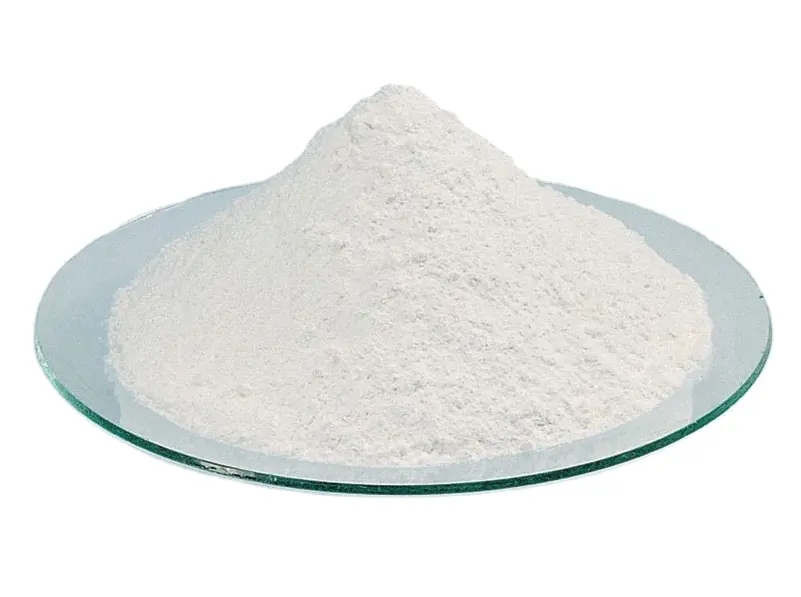
7 月 . 20, 2024 00:55 Back to list
Exploring the Latest Developments in Tin Oxide and Titanium Dioxide Manufacturing Facilities Worldwide
Tin Oxide and Titanium Dioxide Factories A Comprehensive Overview
In today’s industrial landscape, the significance of tin oxide (SnO2) and titanium dioxide (TiO2) cannot be overstated. These compounds serve as critical materials in various applications, from electronics to pigments and coatings. As a result, the factories producing these substances play a crucial role in meeting global demand while ensuring quality and sustainability.
Tin Oxide (SnO2)
Tin oxide, a transparent and conductive oxide, is widely utilized in the manufacture of electronics, including touchscreens, solar cells, and gas sensors. The properties of tin oxide make it essential in applications requiring conductivity and transparency. Its ability to act as a protective coating also extends its use in anti-corrosion applications and specialized glass production.
The production of tin oxide typically involves the oxidation of tin metal. Factories engaged in its manufacture must comply with stringent regulatory standards, given the potential environmental impact of tin mining and processing. Modern tin oxide factories have integrated advanced processing technologies that ensure minimal waste production and energy consumption. The focus on sustainable practices is increasingly prevalent, with many plants investing in recycling initiatives to reclaim tin from obsolete products.
Titanium Dioxide (TiO2)
Titanium dioxide, on the other hand, stands out for its white pigment properties and is extensively used in the paint, plastics, and cosmetics industries. With its high refractive index, TiO2 provides excellent opacity and brightness, making it the pigment of choice for many manufacturers. As environmental regulations tighten, the demand for TiO2 derived from sustainable practices is rising, prompting factories to adopt more eco-friendly production methods.
The two primary processes for producing titanium dioxide are the sulfate process and the chloride process. Each method has its environmental implications, particularly concerning water usage and waste generation. Factories are increasingly turning to the chloride process because of its lower environmental footprint, involving less intensive water use and generating fewer pollutants.
tinox tio2 factories

Production Processes and Technological Innovations
The production of both tin oxide and titanium dioxide has evolved significantly due to technological advancements. Automation and modernized processing techniques enhance efficiency and reduce production costs. Factories are incorporating artificial intelligence and machine learning algorithms to optimize manufacturing processes, leading to improved product quality and output consistency.
Moreover, research and development initiatives are focused on creating more efficient catalysts and alternative raw materials to promote sustainability. For instance, efforts to develop bio-based titanium dioxide from renewable sources could revolutionize the industry, reducing reliance on traditional mining methods.
Environmental Considerations
Environmental concerns surrounding the mining and production of tin and titanium have prompted many factories to prioritize sustainability. Efforts are being made to reduce emissions, manage water usage, and ensure proper waste disposal. The integration of cleaner technologies not only satisfies regulatory requirements but also aligns with corporate social responsibility goals.
Moreover, many companies are pursuing certifications that reflect their commitment to sustainable practices, including ISO 14001 for environmental management. By adopting circular economy principles, tin oxide and titanium dioxide factories are working towards minimizing their environmental footprint and contributing to a more sustainable future.
Conclusion
In conclusion, tin oxide and titanium dioxide factories are pivotal in supporting various industries worldwide. As the demand for their products continues to grow, these factories are challenged to enhance their production processes while adhering to sustainable practices. By focusing on technological innovations and environmental responsibility, the industry can thrive, meeting the needs of current and future generations while minimizing its impact on the planet.
-
Lithopone for Plastic & TiO2 R-5568/SK-6658 Masterbatch Solutions
NewsMay.30,2025
-
China Leading Rutile TiO2 Manufacturer - R5566 & R996 Grades Available
NewsMay.30,2025
-
High-Purity Anatase & Rutile TiO2 Powder Trusted Manufacturer
NewsMay.30,2025
-
High-Purity Anatase Products Trusted Supplier & Manufacturer
NewsMay.29,2025
-
Best Price Eco-Friendly Rutile TiO2 Supplier & Wholesale Factory
NewsMay.29,2025
-
Chinese Anatase Titanium Dioxide for Ceramic Glaze Reliable Supplier
NewsMay.29,2025
